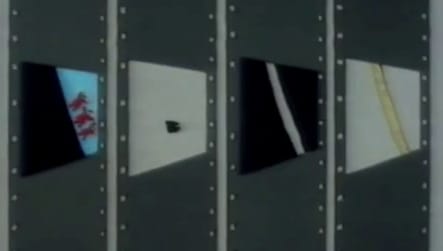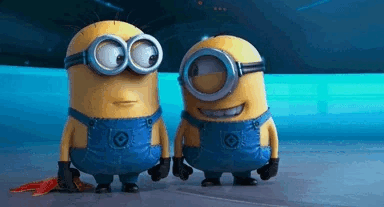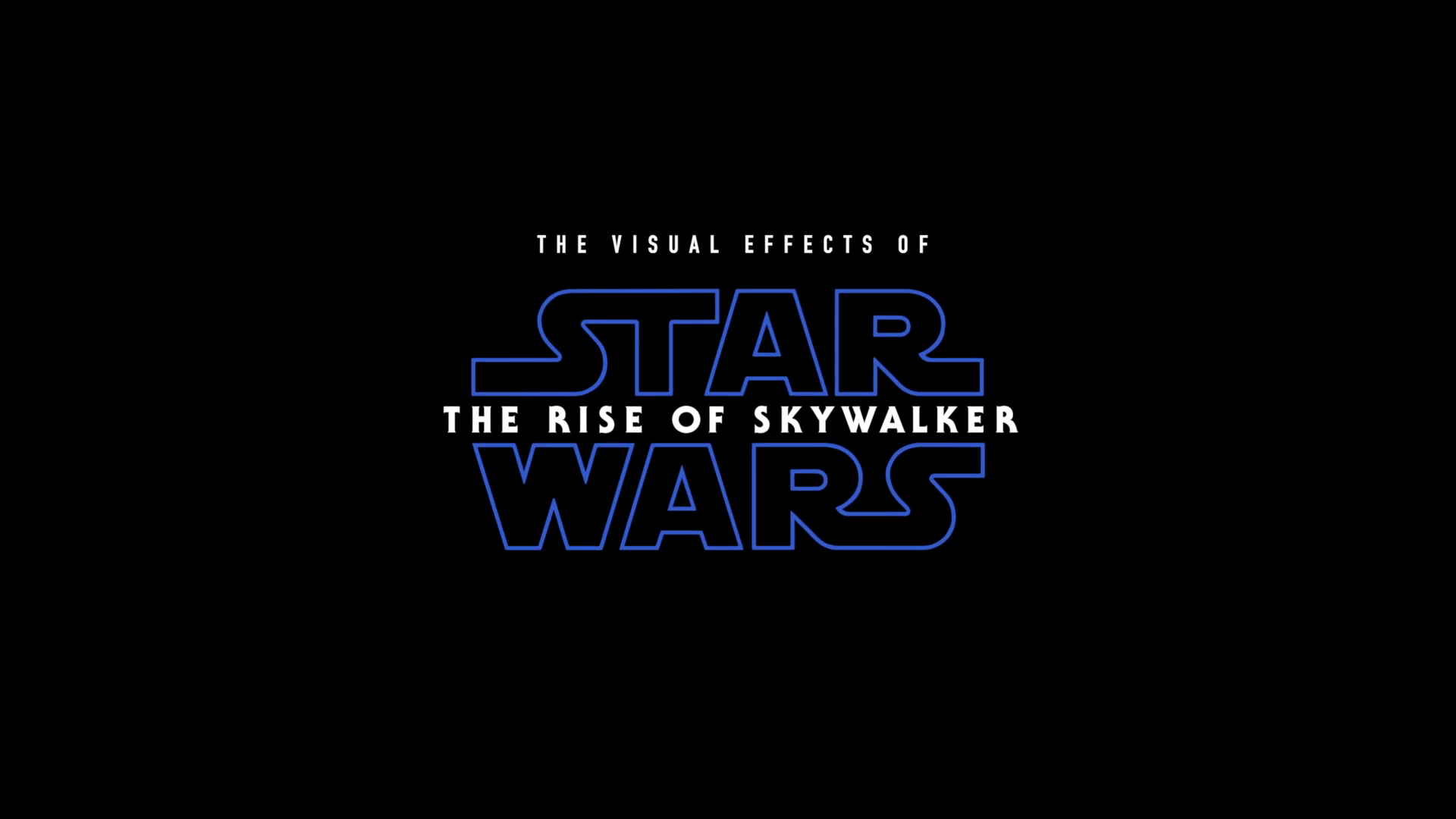Before Pixar. Before digital animation as we know it. There was 𝗞𝗶𝘁𝘁𝘆.
𝗠𝗼𝘀𝗰𝗼𝘄, 𝟭𝟵𝟲𝟴. Amid Cold War tensions and scientific ambition, a team of Soviet physicists and mathematicians, led by 𝗡𝗶𝗸𝗼𝗹𝗮𝗶 𝗞𝗼𝗻𝘀𝘁𝗮𝗻𝘁𝗶𝗻𝗼𝘃, created something no one had ever seen before, the world’s first realistic, computer-animated character.
Their challenge? Simulating the natural movement of a walking cat using only mathematics and raw computing power.
Using the 𝗕𝗘𝗦𝗠-𝟰, a Soviet-era mainframe computer the size of a room, Konstantinov’s team built a mathematical model of feline locomotion. Ordinary differential equations governed every step, replicating muscle movements, weight shifts, and stride cycles with remarkable accuracy.
The computer processed these calculations, outputting hundreds of frames using alphabetic symbols, which were then printed on paper, filmed frame by frame, and turned into the first digitally animated creature ever created.
It wasn’t flashy. It wasn’t for entertainment. It was pure scientific ambition. And yet, it changed everything.
What began as a mathematical curiosity evolved into an industry where computers don’t just calculate, they create. From 𝗕𝘂𝘇𝘇 𝗟𝗶𝗴𝗵𝘁𝘆𝗲𝗮𝗿 𝘁𝗼 𝗧𝗵𝗮𝗻𝗼𝘀, today’s CGI wonders trace their lineage back to 𝗞𝗶𝘁𝘁𝘆’𝘀 𝗳𝗶𝗿𝘀𝘁 𝘀𝘁𝗲𝗽𝘀.
The tools have changed. The vision remains the same.












Discussion